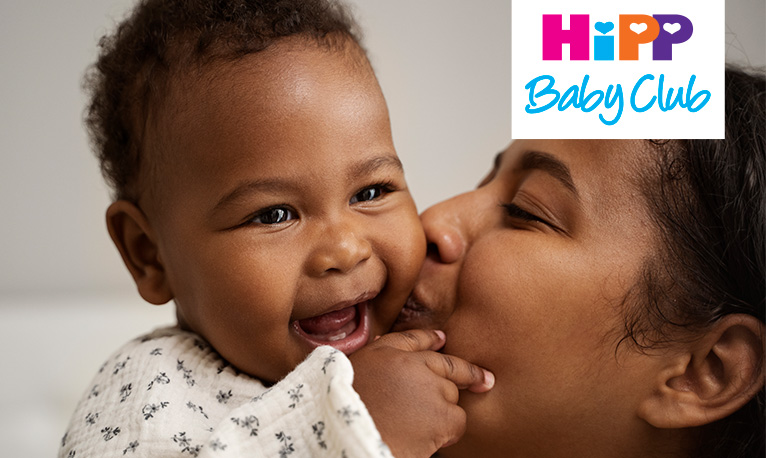Looking after your little one's skin in the sun
Newborn | Toddler | Wellbeing | | Dr Alia Ahmed
Babies and young children have sensitive skin that requires care and attention, especially when we’re experiencing extreme temperatures. Sun damage is cumulative, meaning that it is not erased from the skin, but builds over time. Worryingly, sun damage sustained in childhood increases the chances of developing skin cancer in later life.
Even just one episode of serious sunburn in children/teenagers can almost double the risk of developing skin cancer in adulthood! In view of this, it is important to take care of young skin from early on. Routines are important for children and getting into good habits early (like being used to appropriate sun protection) can make a huge difference in later life.
What is UV radiation?
Sunlight that reaches the earth from the sun can be divided into UVA and UVB. UVA can penetrate window glass and penetrates the skin more deeply than UVB. UVA radiation breaks down collagen and elastin in the skin leading to photoaging (e.g. fine lines, changes to skin texture and pigmentation). UVA protection in a sunscreen will help defend the skin against photoaging and potentially skin cancer. UVB rays damage the top layers of your skin, causing sunburn. Both UVA and UVB can cause skin cancer.
How to protect your baby from UV radiation
I spend a lot of time discussing sun protection with parents/carers. Common questions are around how to choose sunscreen, how often to reapply and what else parents/carers can do to limit exposure to harmful sunlight.
Here are just a few simple things that you can do to protect delicate skin from UV radiation:
- Babies under 6 months old should be kept out of direct sunlight as their skin is at its most vulnerable and does not contain enough melanin (pigment) to protect them. Babies over 6 months should have suncream applied to their skin.
- Ensure babies (especially under the age of 6 months) and young children are kept out of the sun or in the shade during hours of intense sunlight. Find shade under parasols, sun umbrellas, under trees or in shadows. If you are taking young ones into the sun, choose a time when it is less intense. Times that are safer for sun exposure are typically before 11am and after 3pm (in the U.K.).
- Don’t forget the importance of clothing and covers as sun protection, for example, long sleeved tops and long bottoms (to completely cover limbs), parasols on pushchairs, wide-brimmed hats (to protect the head, ears and neck) and UV-protective sun glasses/goggles. Also, consider UV-protective window films in car windows to filter out harmful UV rays.
- When choosing a sunscreen for children, look for broad spectrum protection (so both UVA and UVB are covered), water-resistant formulation, high SPF (e.g. SPF 50 or above), child-friendly formulations (containing no harmful ingredients), fragrance-free (less likely to cause skin irritation).
- Apply suncream to all exposed skin (at least 30 mins before going outside), paying special attention to hands, face, neck and ears. Although many suncreams are water-resistant, please remember to re-apply frequently, especially after children have been in the water or when they are very sweaty.
- Make sunscreen application fun for little ones, for example, using a spray formulation, showing them where to apply sunscreen and asking them to join in.
Testing, testing…
Young skin is sensitive. If you are concerned about reactions to sunscreen, apply to a small area the first time and wait 24 hours to see if any irritation develops. There are usually specially adapted sunscreens for babies and young children that cater for their sensitive skin.
Stay hydrated
Other important considerations to remember when babies and young children are in the sun is to keep them well hydrated with cool fluids, and keep them cool in light, loose clothing. Ensure adequate rehydration in hot weather; it might be that you need to increase feeding frequency to keep their fluids up.
How to treat sunburn
If your little one does sustain sunburn, give frequent cool baths or showers to help relieve the pain. Then, if able, apply a soothing moisturizer to help trap moisture into the skin. This can help ease the dryness. Consider giving an anti-inflammatory to reduce any swelling, redness and discomfort. Please seek medical attention from a healthcare professional if required.
Make being ‘sun safe’ part of your routine
Keeping little ones safe in the sun can seem like a huge task! But practising these tips from early on and choosing the right products for their skin can help keep your child safe from sun damage. Making the process fun and involving children from a young age will instil good sun protective values that will stay with them always.


